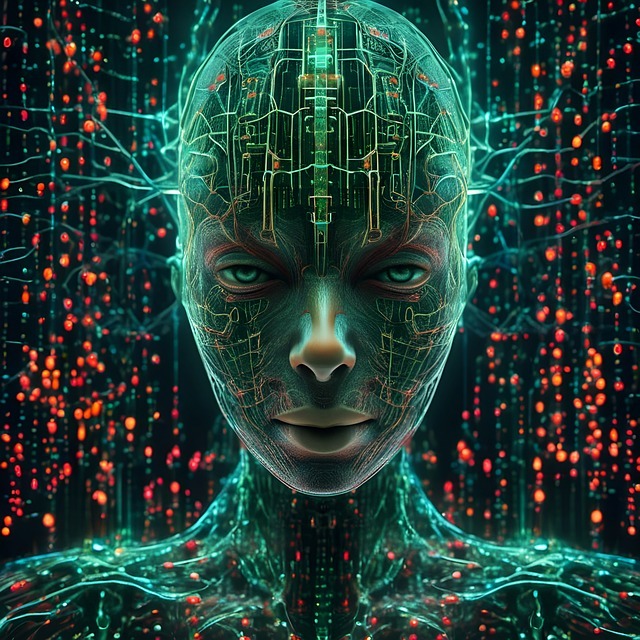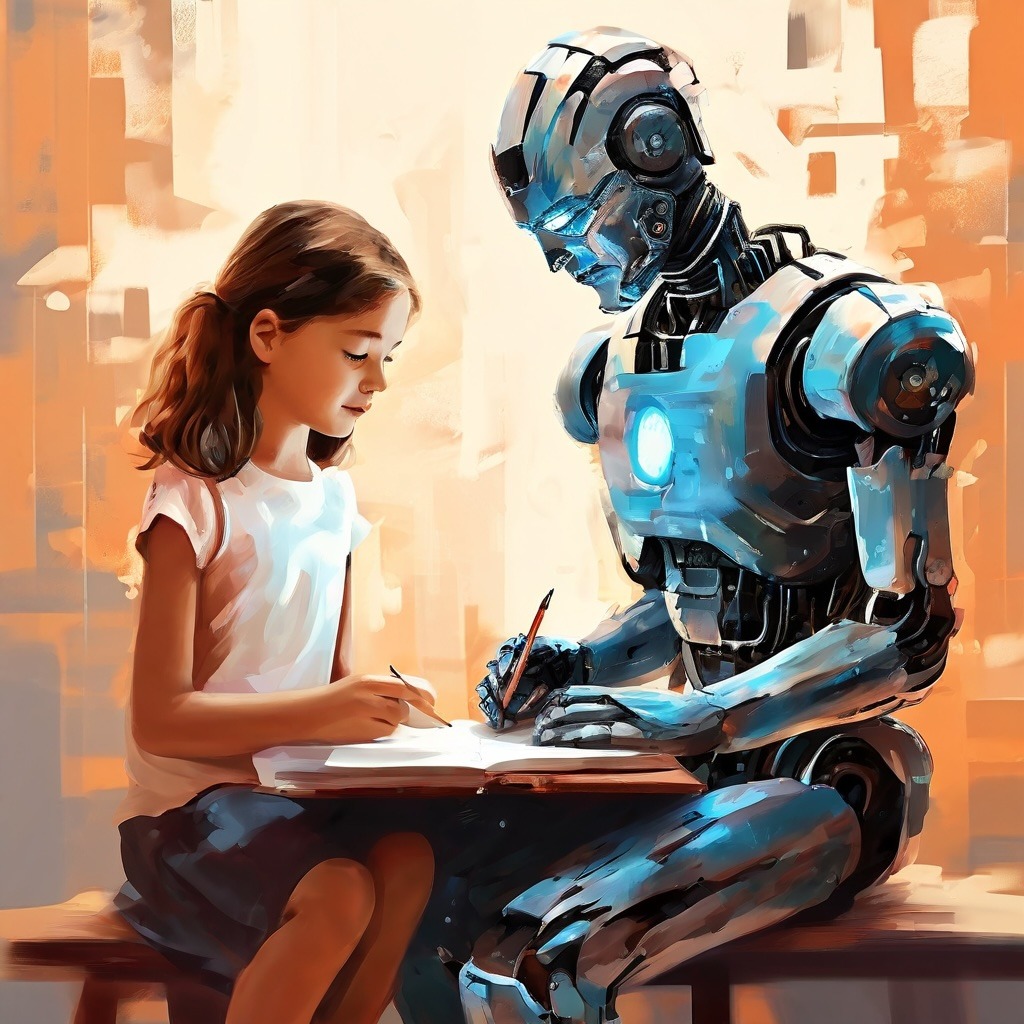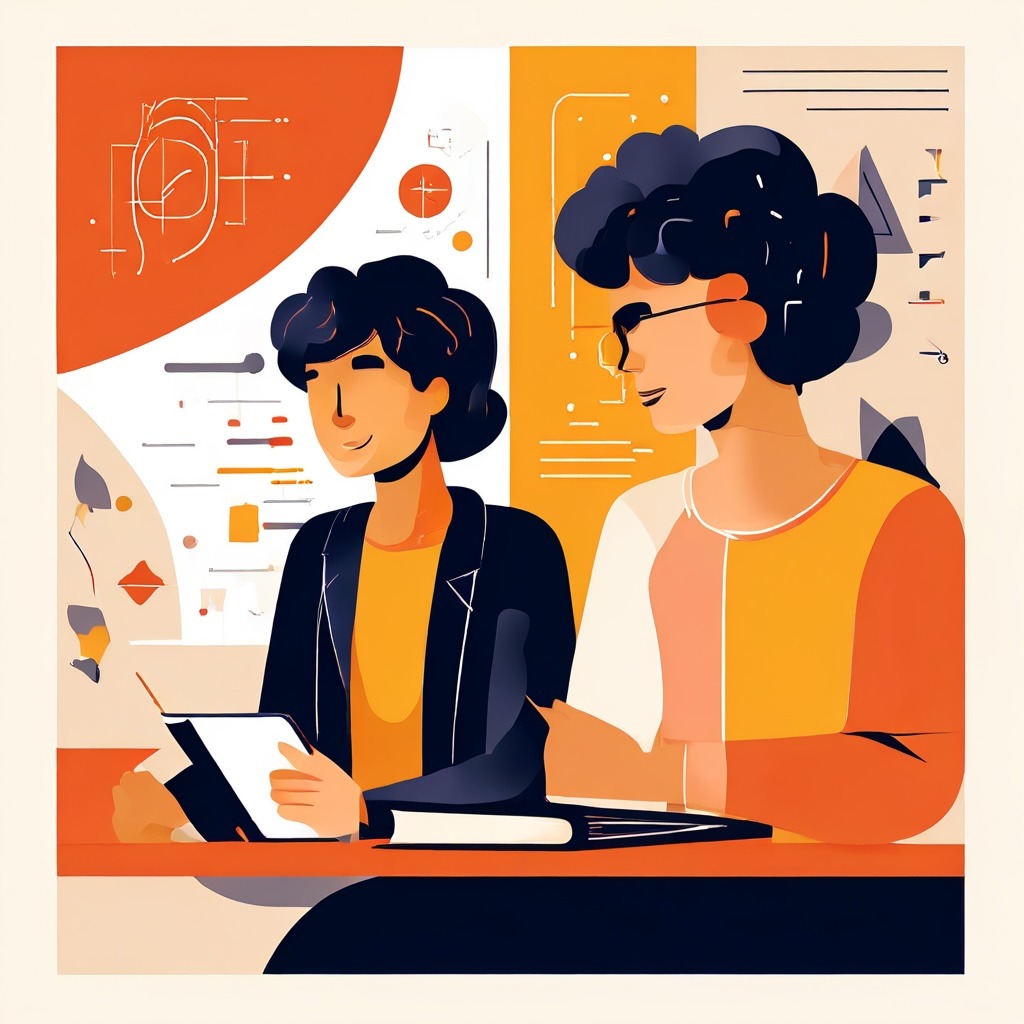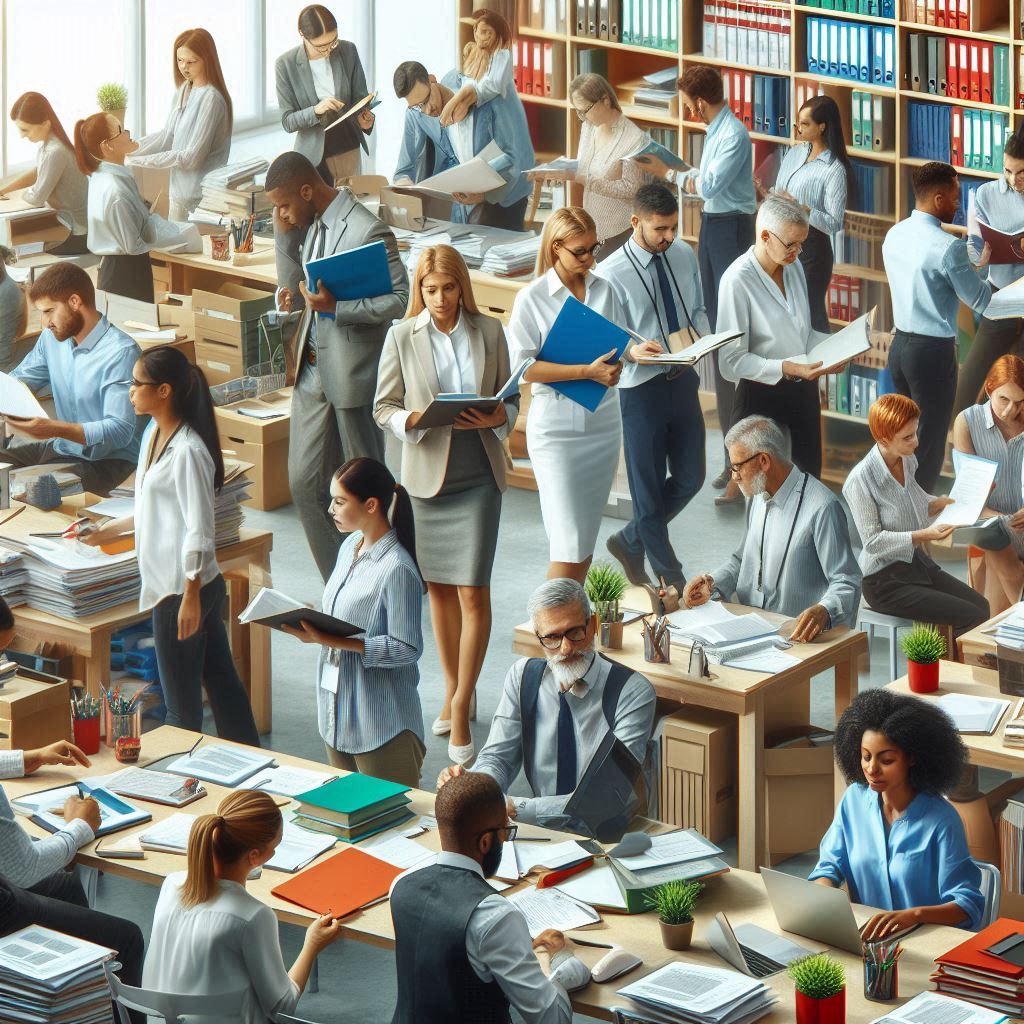The Rise of AI Creativity
In the past few years, the world has witnessed a rapid advancement in artificial intelligence (AI) technology. From self-driving cars to virtual assistants, AI has become an integral part of our daily lives. But one area where AI is truly pushing the boundaries is in the realm of creativity. With the help of sophisticated algorithms and machine learning, AI is now capable of producing art, music, and even writing. This has sparked a debate among artists and writers – can AI truly be creative? In this article, we will explore the concept of AI creativity and its impact on the art and writing world.
The Art of AI
One of the most fascinating aspects of AI creativity is its ability to produce art. In 2018, a painting created by an AI sold for a staggering $432,500 at Christie’s auction house. This was a groundbreaking moment for the art world, as it challenged the traditional notion of what constitutes as art. The painting, titled “Portrait of Edmond de Belamy,” was created by a group of French artists using a generative adversarial network (GAN). This AI system was trained on a dataset of 15,000 portraits from the 14th to 20th century, and it was able to generate a unique portrait that was indistinguishable from a human-made one.
But AI art is not limited to just replicating existing styles. It is also capable of creating original pieces that are truly unique and thought-provoking. For example, the AI artist, Aiva, has composed over 30,000 pieces of music in various genres, from classical to pop. Its music has been used in commercials, films, and even by renowned orchestras. Aiva’s music is not just a random arrangement of notes, but it follows the principles of classical music and is composed in a way that evokes emotions in the listener.
Redefining Writing with AI
While AI art has received a lot of attention, the impact of AI on writing is equally significant. In recent years, AI has been used to generate news articles, sports reports, and even novels. The AI writing platform, GPT-3, has been making headlines for its ability to generate human-like text. It has been used to write articles for major publications, such as The Guardian and Forbes, and has even written a short novel that made it to the longlist of a prestigious literary prize.
But the question remains – can AI truly be creative in its writing? While some argue that AI writing is nothing more than a sophisticated form of copy-pasting, others believe that it has the potential to revolutionize the way we write and consume content. AI can generate text at a much faster rate than humans, and it can analyze large amounts of data to create informative and engaging content. This has the potential to free up human writers to focus on more creative and thought-provoking pieces.
Breaking Barriers and Unleashing Possibilities
The rise of AI creativity has sparked a debate about the role of humans in the creative process. Can AI replace human artists and writers? The answer is no. While AI can generate impressive pieces of art and writing, it lacks the emotional depth and personal experiences that make human creativity so unique. AI is a tool that can assist and enhance human creativity, but it cannot replace it.
Moreover, AI is also breaking barriers and expanding the possibilities of what can be created. It can combine different styles and techniques that humans may not have thought of, leading to new and innovative forms of art and writing. It also has the potential to democratize creativity, making it more accessible to people who may not have the resources or training to create traditional forms of art or writing.
AI creativity is a rapidly evolving field that is pushing the limits of imagination. While there are concerns about the impact of AI on human creativity, it is clear that AI is not here to replace us, but to assist us in reaching new heights. As technology continues to advance, we can expect to see even more groundbreaking developments in the world of AI art and writing. The future of creativity is truly exciting, and we can’t wait to see where AI will take us next.





